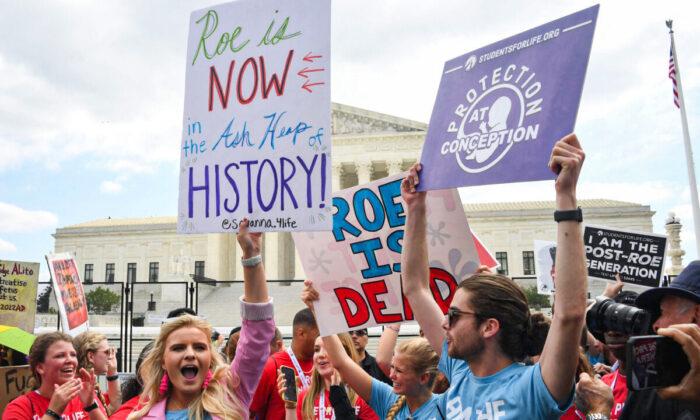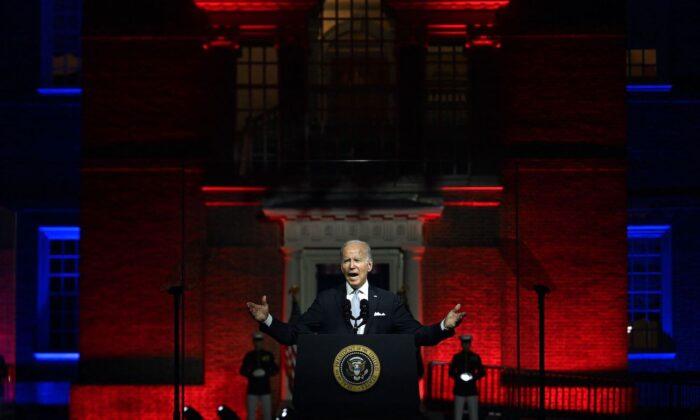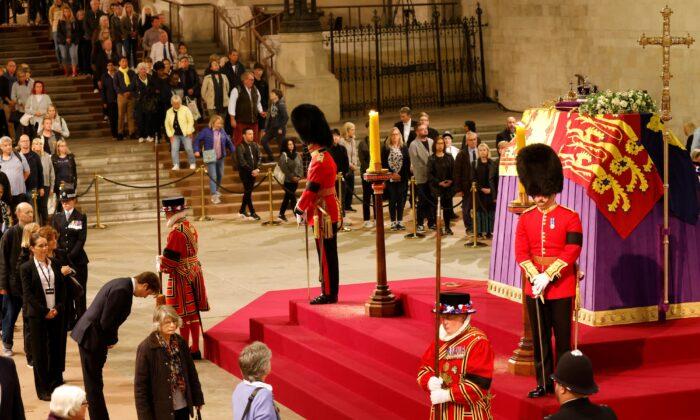Democracy and Debate
In Roe v. Wade (1973), the Court overrode the laws of 50 states and invented a new right to abortion. It was, as Justice Byron White, one of the dissenters in Roe, said, an “exercise in raw judicial power.” The Court’s ruling then had no basis in the Constitution, which makes no mention of the practice of abortion and does not imply a right to it in any constitutional provision, including the 14th Amendment.Improving Lives for Children and Families
Abortion has never been a single issue. As Helen Alvaré argues, despite their differences, the majority and minority opinions in Dobbs illustrate how state abortion laws are inextricably linked to a large range of family matters. These include:“Respect for the lives of vulnerable members of the family, the degree of welcome offered to children no matter their sex, race, or level of abilities, the safety of pregnancy and childbirth, the ability of mothers to participate robustly and with a sense of support and equanimity in education and employment, and to be accepted as equals in all of these spheres.”
In addition to picketing abortion clinics, supporters of the pro-life movement have built a nationwide network of community pregnancy centers and invited pro-choice activists to join them in helping women before and after the birth of their child. Such centers will continue to need support.
Paradoxically, “pro-choice” activists have directed their ire in particular at pregnancy resource centers that provide material help (like diapers) and services for mothers who need help and feel they have run out of options. Such clinics expand the capacity of a mother to choose life for her child, while pro-abortion activists aim to close off the mother’s option to choose anything but death for the child she’s carrying.
If abortion is no longer the first and only option, its advocates will have to look at alternatives if they really want to help women and their babies.
Abortion, like the sexual revolution more generally, has been a boon for the most predatory men. It breaks the natural link between sex and the consequences and responsibilities that sometimes result in the form of new life. The pill and the “back stop” of abortion reduce pregnancy and childbirth to the woman’s choice and so, in some men’s view, her responsibility alone.
Such insistence on holding men responsible for their offspring may express itself in policy that more rigorously holds men, whatever their marital status, legally and financially responsible for the children they father. Eberstadt suggests measures like strengthening laws against date-rape drugs, and toughening paternity and child-support laws. Or, as she says, we could take a “closer look at a commercial surrogacy industry that treats mothers like domestic animals and babies like high-end consumer choices.”
In addition to such deterrent measures, formal and informal, there are many ways to support children and families and recognize their importance for society, not only as burdens but as contributions. Welfare has sometimes been structured in ways that substitute the state for fathers and marriage, seeming to reward fatherless families.
But states can avoid such perverse incentives. Lawmakers can help children and their parents through programs that do not undermine marriage and family.
The Way Forward
Roe’s end has placed new demands on the pro-life movement. Our focus can no longer be narrowly on the Supreme Court and shaping its composition through political action.We need to upgrade activities and programs in our communities and churches that strengthen marriage and families. We need to engage anew in the debate about abortion, confronting its horrors without euphemisms. The aim should be to make it unthinkable.
And we need to rethink family policy to incentivize stable marriage and discourage sexual license and irresponsibility, to hold men accountable for the children they father and the women who bear them.





